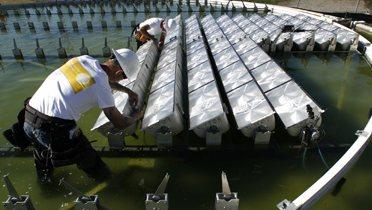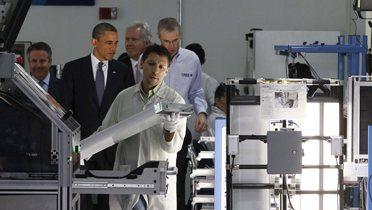INTRODUCTION
History has amply demonstrated that innovation in the public and private sectors is the most important key to long-term U.S. prosperity and economic competitiveness. Yet in the United States today, innovation is at risk of stalling just at a time when rising international competition is on the upswing and the U.S. economy is still reeling from a deep recession.
Priorities for action start with turning three deficits—budget, investment/savings and trade—into surpluses.
This will require action by the public sector—to provide tax credits for innovation and more forward-thinking trade policies, for example—and the private sector, including businesses, universities and private research firms that reward education and job skills.
To achieve solid, sustainable economic growth, government agencies at all levels must integrate and coordinate their activities with each other and with the private sector, rowers pulling in the same direction in a sea of economic uncertainty.
| SUMMARY & POLICY RECOMMENDATIONS |
||
|
A number of immediate actions to jump-start progress toward healthy economic growth are possible, but much long-term heavy lifting will remain. Aligning those long-term needs with clear overall growth goals provides focus for federal, state and local policymakers, and the opportunity to build support within government, in the private sector and with the public: PUT THE FEDERAL BUDGET ON A SOUND FOOTING:
PRIORITIZE ECONOMIC DRIVERS:
Export Oriented: Seizing the opportunities of world markets
Opportunity Rich: Investing in intellectual capital
Low Carbon: Helping promote energy security and sustainability
EMPHASIZE EFFECTIVE GOVERNMENT:
|
The Brookings Institution is committed to quality, independence, and impact.
We are supported by a diverse array of funders. In line with our values and policies, each Brookings publication represents the sole views of its author(s).











